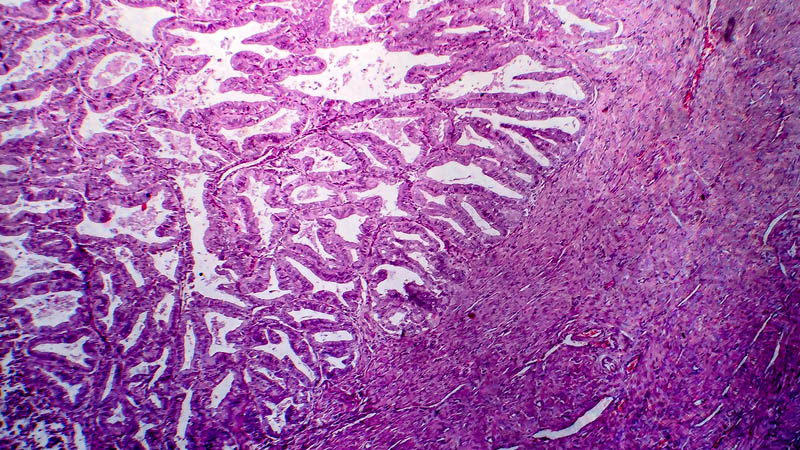At the beginning there was vestium, now there is ruthenium
Barbara Kozakiewicz1,2, Ewa Dmoch-Gajzlerska2, Monika Kaczmarczyk3, Ewa Bulska3
 Affiliacja i adres do korespondencji
Affiliacja i adres do korespondencjiThe results of malignant cancer treatment are still unsatisfactory that is why new medications are intensively being searched. We currently expect that cytostatic drugs will actively destroy not only cancer in the site of its origin but also metastatic foci. New generation drugs should actively act on neoplastic tumors which have so far been thought to be chemoresistant and prevent the spread of the disease. The search for new, more efficient cytostatic drugs causes that the studies are also conducted basing on the related groups of well-known and already used in cancer treatment chemical elements. Platinum is such an element and its “relative” ruthenium fascinated scientists with its chemical possibilities. Ruthenium has the properties of the minerals from the group of transition metals of the group 8. It is a solid metal of good conductivity. The studies on ruthenium as a compound potentially destroying cancer cells indicate that it influences cell apoptosis binding to the cell membrane protein similarly as iron binds to transferrin – it enters the cells in this way. Its activity is related to the activation of the compound Ru(III) into the form Ru(II), then it acts on DNA of the cells which is performed particularly actively in poorly oxygenated environment such as the interior of a cancer. Moreover, ruthenium compounds increase the adhesion of cancer cells making their migration and formation of metastases difficult.









